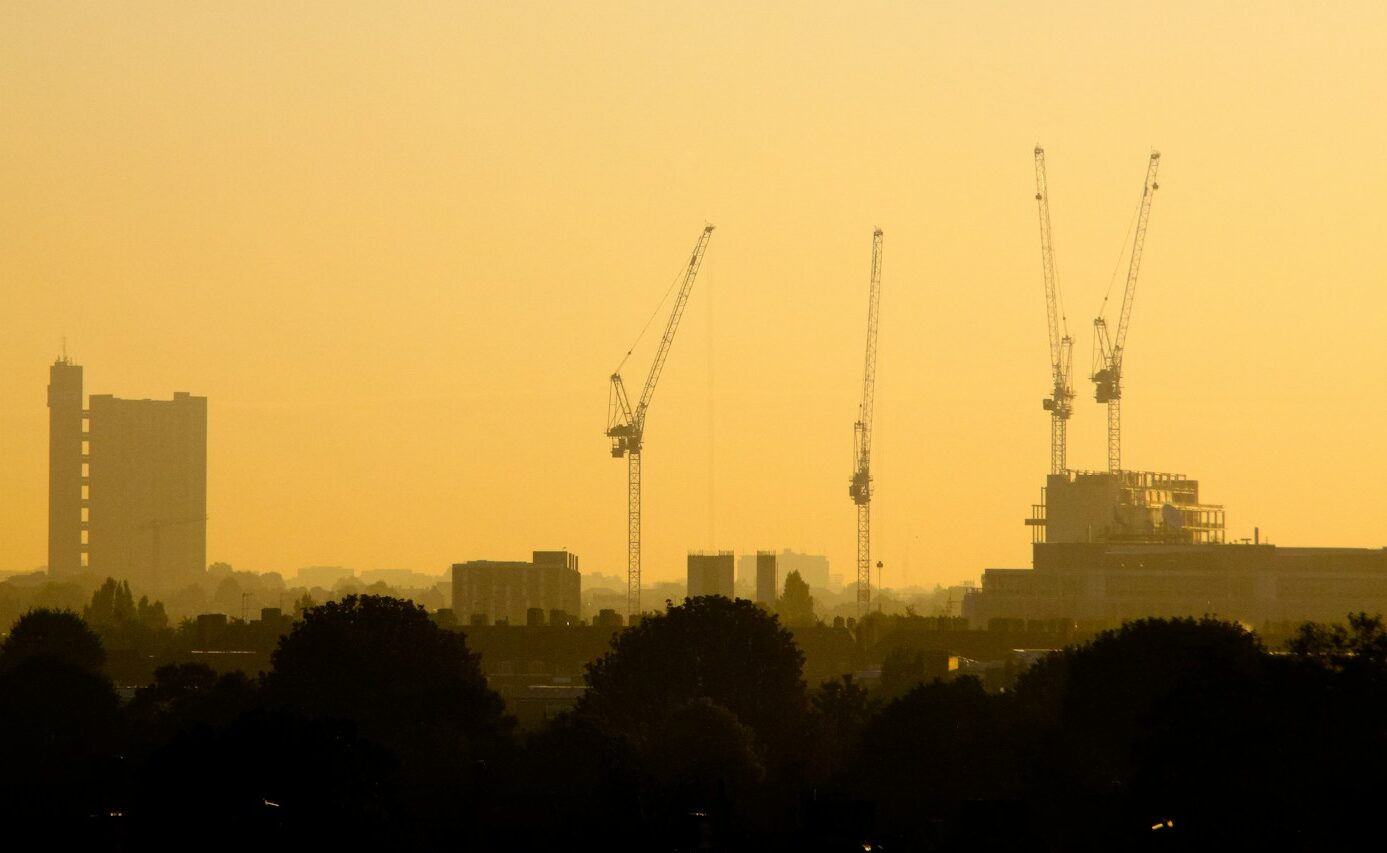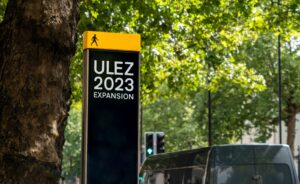The Healthy Air Coalition has published a new policy report titled: ‘Making Britain’s air cleaner, healthier and better to breathe: .’
The Healthy Air Coalition is made up of more than 30 organisations, almost all of which will be familiar to readers of AQN: Asthma + Lung UK, Mums for Lungs, Possible, Global Action Plan etc, etc.

The new report examines the sources of air pollution – primarily domestic wood burning, industry, farming and transport – and suggests means by which the government might tackle each one
In her foreword to the report, Dr Camilla Kingdon, Chair of the Healthy Air Coalition, says: ‘As paediatricians, clinicians, and health advocates, we see the impact polluted air can have every day – in children with asthma, adults with chronic respiratory disease, and the disproportionate burden shouldered by our most deprived communities. This is not just an environmental issue; it is a health crisis, a social justice issue, and a preventable tragedy.
‘The actions we outline are practical, evidence-based and health-focused. From phasing out domestic wood burning to investing in clean heating, redesigning transport systems, and ensuring our planning system delivers healthy communities. Every recommendation is rooted in a vision for healthier and fairer air.’
First and foremost, the report calls for the UK Government to introduce a Clean Air Act that sets legally binding air quality targets aligned with the latest World Health Organization (WHO) guidelines.
Following the EU’s 2024 Ambient Air Quality Directive, which enshrines WHO’s recommended interim pollution limits into law, the Coalition want the UK to follow suit by requiring annual mean concentrations of NO₂ to be limited to 20 µg/m³ and PM2.5 to 10 µg/m³ by 2030 at the latest.
Despite a legal NO₂ limit set in 2010, parts of the UK are not expected to comply until 2045, 35 years after the regulation was introduced. To address this, the proposed Clean Air Act would require the government to set ambitious targets based on the best available health evidence, review them every four years and ensure they can only be strengthened, not weakened. These targets would be supported by detailed delivery plans, clearer public communication, and stronger monitoring.
The framework would also include a legally mandated Population Exposure Reduction Target (PERT), aligned with the global goal of halving pollution-related health impacts by 2040. Legal limits should not be the sole measure of progress; instead, the focus must shift to reducing air pollution exposure in every community, not just hotspots.
To achieve this, the report calls for joined-up action across government departments, noting that responsibility for air pollution policy extends beyond the Department for Environment, Food and Rural Affairs (Defra) to include health, transport, housing, and energy. A more coordinated, mission-driven government approach is essential to deliver clean air strategies effectively.
Public engagement is also a key theme. The report suggests that the current air quality alert system is outdated and poorly understood, with no warnings for PM2.5 or PM10. The government is urged to reform the Daily Air Quality Index (DAQI), align it with WHO guidelines and run a national public awareness campaign to educate communities on health risks and their role in shaping policy.
Finally, the Coalition calls for long-term, ring-fenced funding for councils, tailored to local needs and free from competitive bidding, to ensure effective, locally-led action against air pollution. They point out that the Air Quality Grant Scheme, which has supported local clean air projects since 2010, was paused in 2024 with no replacement announced.
The full report can be read here.

















Leave a Reply